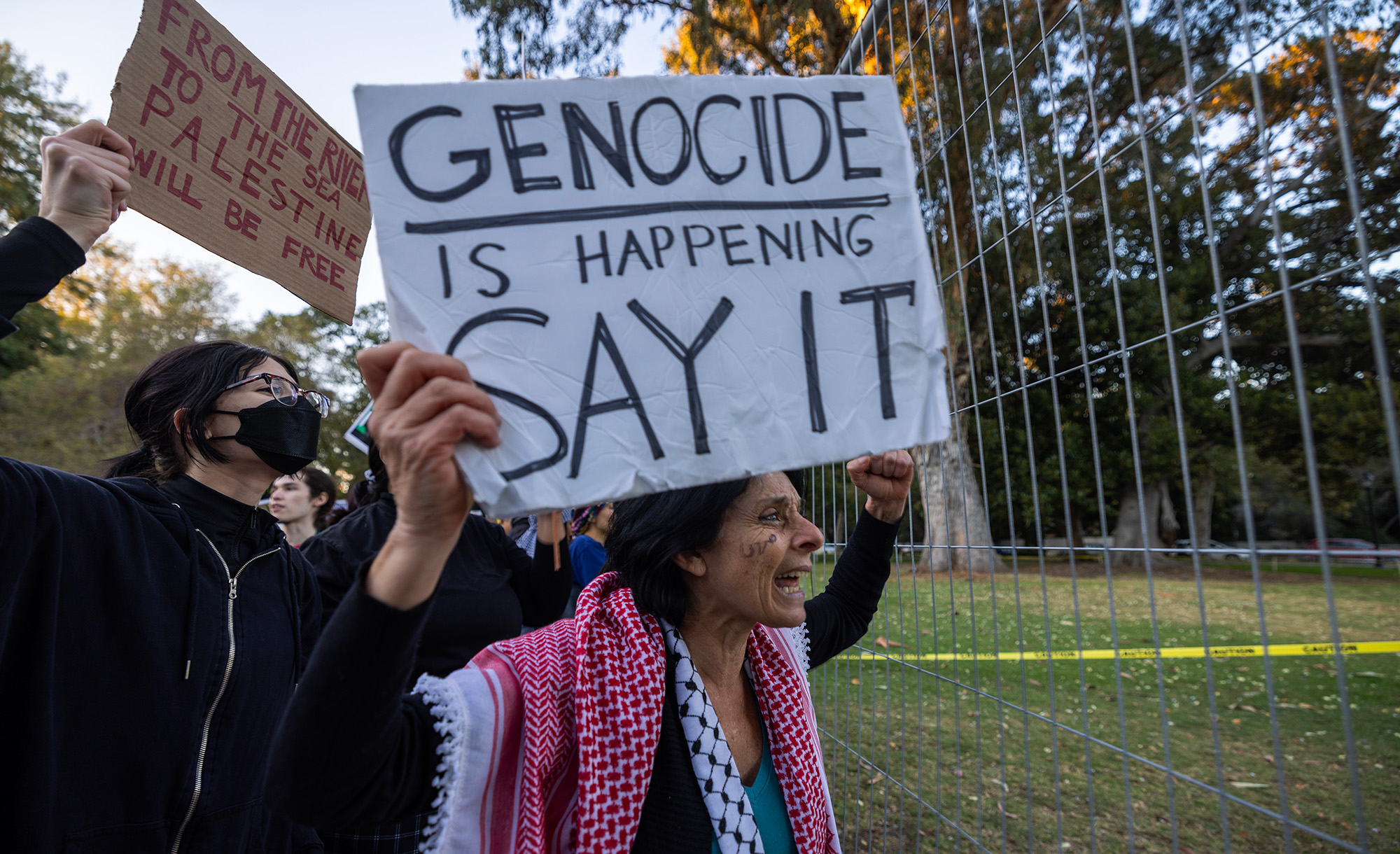At the beginning of the 20th century, the Lower East Side of Manhattan was home to one of the world’s densest Jewish populations, and a first stop for the waves of immigrants arriving from Eastern Europe. Although the Jewish presence—along with nearby Italian and Irish enclaves—began to dissipate rapidly after World War II, some of its shops, restaurants, and synagogues remained in place even as the millennium drew to a close. Now, barely any traces are left. A London-born Ḥasid used his pseudonymous Twitter account to post a series of side-by-side images of the neighborhood then and now. Herewith, two examples:
A century ago, a barefoot boy stood outside a mens dry goods store and watched toiling workmen.
Now, the corner of Delancey and Suffolk is home to a defunct Burger King, an AT&T store, and an urgent care center. pic.twitter.com/Gi1WLLAA6S
— Hungry Chipmunk (@hungrychipmunk) August 22, 2022
Identifying himself only as S., the amateur photo-archivist spoke about the project with Julia Gergely.
Read more at New York Jewish Week
More about: American Jewish History, Lower East Side, Photography


